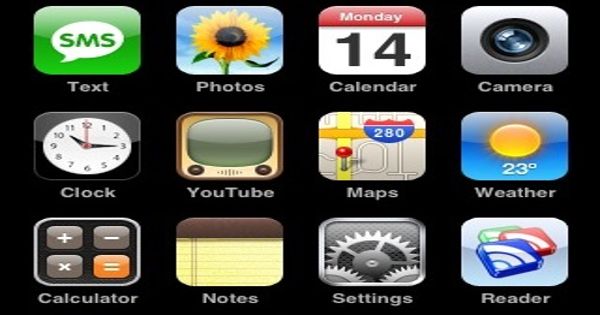Between the 1980s and the 2000s, the mobile phone has gone from being an expensive item used by the business elite to a pervasive and personal communications tool for the general population. They even developed specific styles of phones seen as regular fashion symbols. Inevitably, a mobile phone culture evolved in which the phone becomes a key social tool.
Through the mobile phone, countless people keep in touch using SMS. This also creates a whole new culture of ‘texting’. The commercial market in SMS is growing. Many phones even offer Instant Messenger services to increase the simplicity and ease of texting on phones. In most countries, mobile phones outnumber landline phones, with fixed landlines numbering 1.3 billion but mobile subscriptions 3.3 billion at the end of 2007.
In developed countries today, 50% of children own mobile phones. It is not uncommon for young adults to simply own a mobile phone instead of a landline for their residence.
Even in some developing countries, where there is little existing fixed-line infrastructure, the mobile phone has become widespread. According to the World Factbook, the United Kingdom now has more mobile phones than people.
Invented in 1997, the camera mobile phone makes up 85% of the market. Mobile phones also have features beyond sending text messages and making voice calls. They now have a limitless range of features to make communication and transactions faster. Most cellular phones sold in the last three years have integrated cameras. The other more up-to-date models have high-quality digital cameras. Many of the cameras are capable of taking both still and video images. Images can usually be sent to other mobile phones and embedded in messages.
The range of additional capabilities includes e-mail, phone and address books, alarm clock, stopwatch, live video feed via Piconet. Mobile games such as role-playing games like Dragon Quest or Final Fantasy series can be played. they also do recording and playback of voices, music, images, and pictures, including Internet browsing, music (MP3) playback, personal organizers, built-in cameras and camcorders, ringtones, games, radio, Push-to-Talk (PTT), Bluetooth connectivity, call registers, downloading video for later viewing and even serving as a wireless modem.
However, there is a price to pay for this phone culture. Several studies have shown that motorists have a much higher risk of collisions and losing control of their vehicle while talking on the mobile phone and simultaneously driving. This occurs even when using the hands-free system. In fact, using a mobile phone while driving poses the same risk as someone operating a vehicle under the influence of alcohol. In some countries, laws are passed prohibiting the use of mobile phones while driving.
















